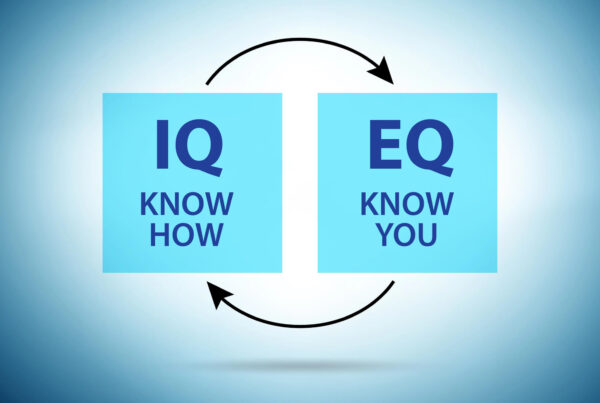In my years as a business coach, I’ve noticed a recurring weak spot in small businesses: organizational design. If planning on this front happens, it’s usually a last-minute reaction instead of an intentional aspect of business development. Every small business would benefit from creating a functional organizational chart as early as possible.
What Is a Functional Organizational Chart?
A functional organizational chart is a diagram of every position in your company, job titles, a summary of duties, and a reporting structure. It’s essentially a flowchart made up of boxes and arrows. Each box contains a position name and description, while the arrows show who reports to whom.
Some charts are arranged vertically, with the CEO at the top. Other businesses find it easier to arrange horizontally depending on the reporting structure.
A functional organizational structure chart can be helpful for new employees and veterans. Often, even employees who have been with the company for years won’t know their coworkers’ job titles or duties. An organizational chart can help everyone learn who to contact with questions or new ideas, making collaboration much more manageable.
How to Create a Functional Organizational Chart
To create a functional organizational chart for your business, list all your company’s employees, along with the job titles and duties that correspond with each. Next, arrange them in order of hierarchy. You can use flowchart-making software to turn your list into a graphic.
In each flowchart box, you should include each person’s contact information, such as company email addresses and phone numbers, and group the boxes by department. This can help newer employees navigate the organization and put names on their faces.
It’s essential to create two versions of your functional organizational chart: one depicting your company structure as it is now and another for a future year with only duties and job titles instead of names. This should project your staffing needs as your business grows.
To achieve a position listed in a future box, we must either develop a candidate internally or understand that we will need to hire an outsider if we don’t have the talent on staff. This acknowledgment creates a need to plan for the next person. You must make space for these new roles in your budget projections.
This goes for you as the owner, too. As your business grows, so will your workload. You must delegate specific tasks and create new positions to accommodate your company’s expansion. CEOs tend to struggle with this, but your business cannot successfully grow if you’re trying to do all of the work yourself.
Creating an organizational chart for a small business is a great way to visualize your staffing needs and get serious about planning for the future. When you are ready to work on your organization’s goals, schedule a complimentary video coaching session with a business coach.
Coach Dave
- How to Turn Your Problems and Obstacles into Opportunities - September 25, 2025
- Irresistible Tips on How I Can Identify and Create My Unique Small Business Value Proposition - September 18, 2025
- How to Protect Intellectual Property as a Small Business Owner - September 11, 2025



